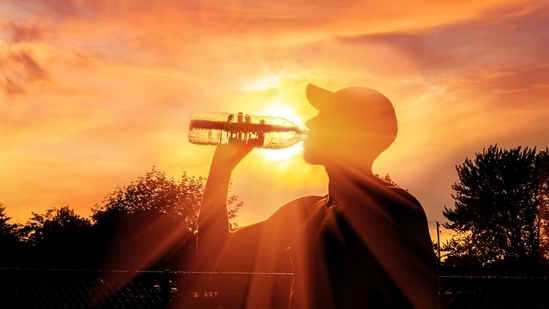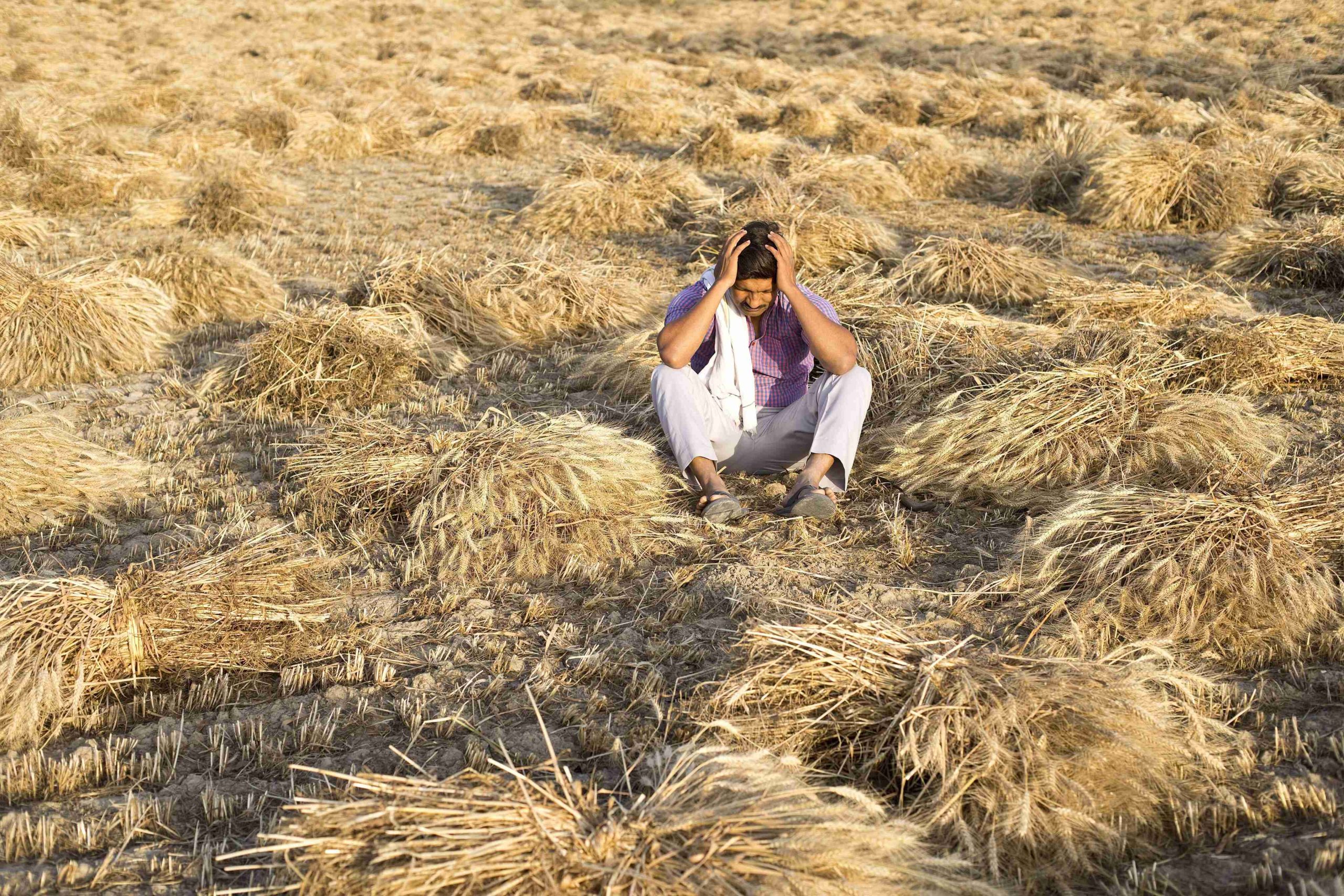- Courses
- GS Full Course 1 Year
- GS Full Course 2 Year
- GS Full Course 3 Year
- GS Full Course Till Selection
- MEP (Mains Enrichment Programme) Data, Facts
- Essay Target – 150+ Marks
- Online Program
- GS Recorded Course
- NCERT- First Ladder
- Polity
- Geography
- Economy
- Ancient, Medieval and Art & Culture AMAC
- Modern India, Post Independence & World History
- Environment
- Governance
- Science & Technology
- International Relations and Internal Security
- Disaster Management
- Ethics
- Current Affairs
- Indian Society and Social Issue
- CSAT
- 5 LAYERED ARJUNA Mentorship
- Public Administration Optional
- ABOUT US
- OUR TOPPERS
- TEST SERIES
- FREE STUDY MATERIAL
- VIDEOS
- CONTACT US
ALL INDIA SURVEY ON HIGHER EDUCATION (AISHE) 2021-2022
ALL INDIA SURVEY ON HIGHER EDUCATION (AISHE) 2021-2022
The All-India Survey on Higher Education (AISHE) 2021-2022, conducted by the Ministry of Education, India, offers a comprehensive overview of the current state of higher education in India.
Key findings of Report:
1. Overall Enrolment:
- The total enrolment in higher education has shown a steady increase, reaching 4.33 crore in 2021-22. This is a notable rise from 3.42 crore in 2014-15, indicating a growth of 26.5% over seven years.
- This growth signifies the expanding accessibility and appeal of higher education in India.
2. Female Enrolment:
- Female enrolment has seen a more notable increase than the overall rate, with a 32% rise since 2014-15.
- This trend is significant as it points towards greater gender parity in higher education, an essential factor for balanced societal development.
3. Gross Enrolment Ratio (GER):
- GER is a key indicator of the general level of participation in higher education. The increase to 28.4 in 2021-22 from 23.7 in 2014-15 suggests that a higher proportion of the eligible age group is now pursuing higher education.
- The female GER exceeding the male GER underscores the successful efforts in bridging the gender gap in education.
Enrolment of SC, ST, and OBC Students:
1. SC and ST Students:
- There has been a remarkable increase in the enrolment of SC and ST students, which is crucial for the empowerment of these historically marginalized communities.
- The increase is more notable for female students within these categories, indicating enhanced inclusivity and equal opportunity in accessing higher education.
2. OBC Students:
- The 45% increase in OBC student enrolment reflects the effectiveness of positive action policies and the broadening of the education base to include diverse social groups.
Ph.D. Enrolment:
1. Overall and Female Ph.D. Enrolment:
- The substantial increase in Ph.D. enrolment indicates a growing interest in advanced research and academic pursuits.
- The doubling of female Ph.D. enrolment is particularly noteworthy, suggesting that more women are engaging in high-level research, which could lead to their greater representation in academia and research sectors.
Minority Student Enrolment:
- The increase in female minority student enrolment is a positive sign of the inclusive nature of higher education, ensuring representation from all segments of society.
Infrastructure and Faculty Development:
1. Establishment of New Institutions:
- The establishment of 341 universities and university-level institutions since 2014-15 reflects the government's commitment to expanding higher education infrastructure.
2. Increase in Female Faculty:
- The increase in female faculty members not only promotes gender diversity but also serves as a role model for female students, potentially influencing their academic and career aspirations.
Conclusion:
The AISHE 2021-2022 report shows significant progress in India's higher education sector, particularly in terms of inclusivity and gender parity. The increased enrolment across different social categories, coupled with the rise in female participation both in students and faculty, marks a positive trend towards a more equitable and diverse educational landscape. These trends are crucial for India's goal of becoming a knowledge-based economy and for ensuring sustainable and inclusive growth.



